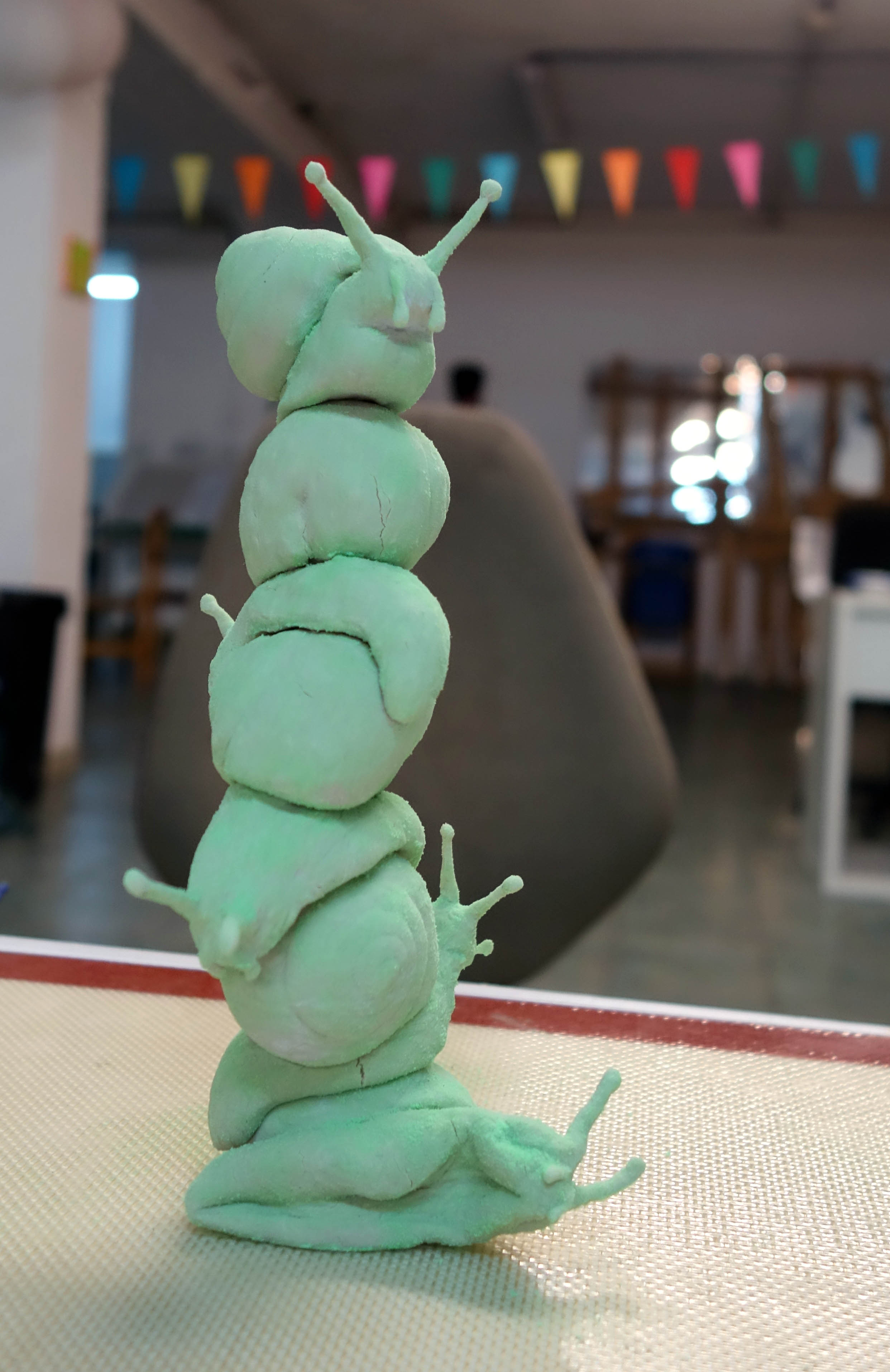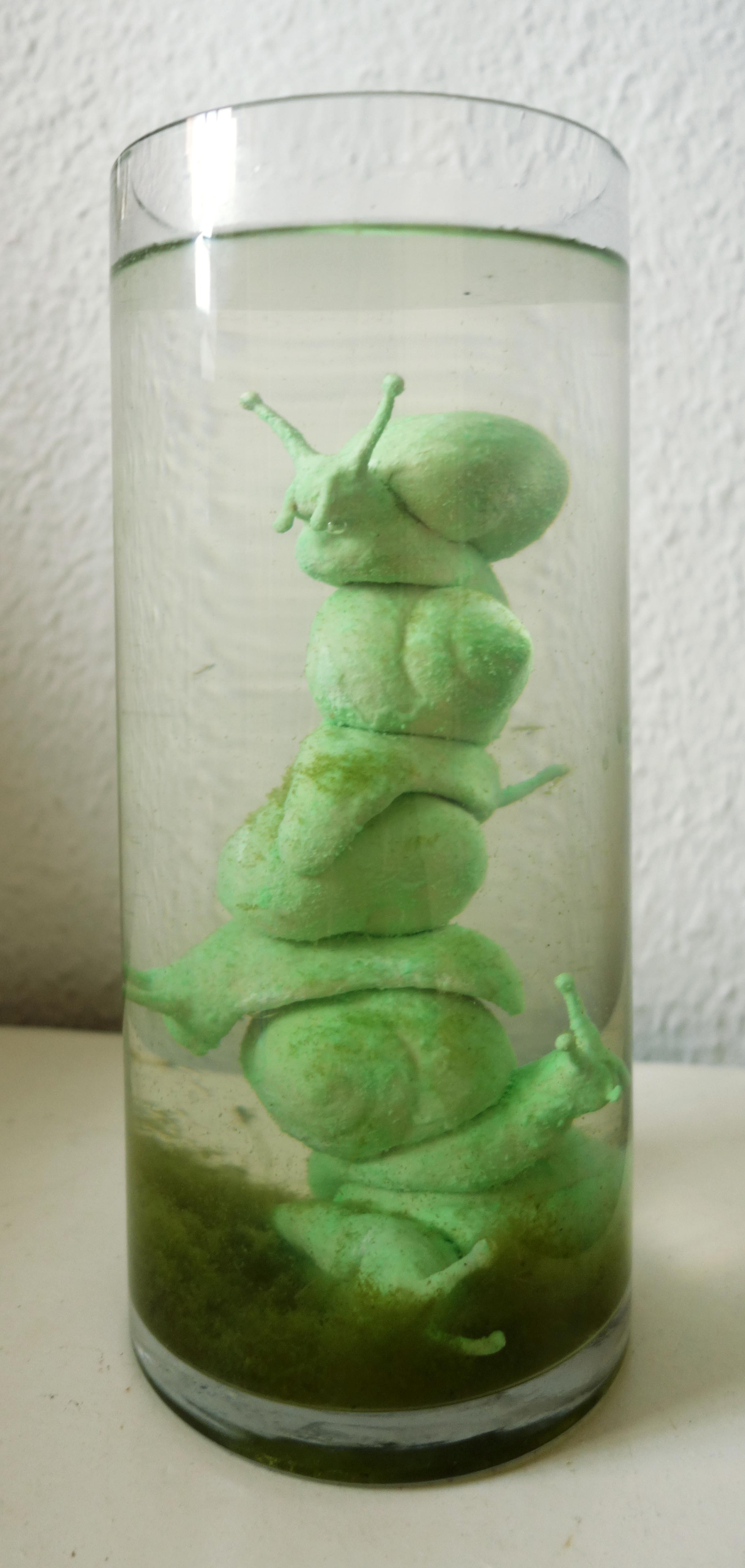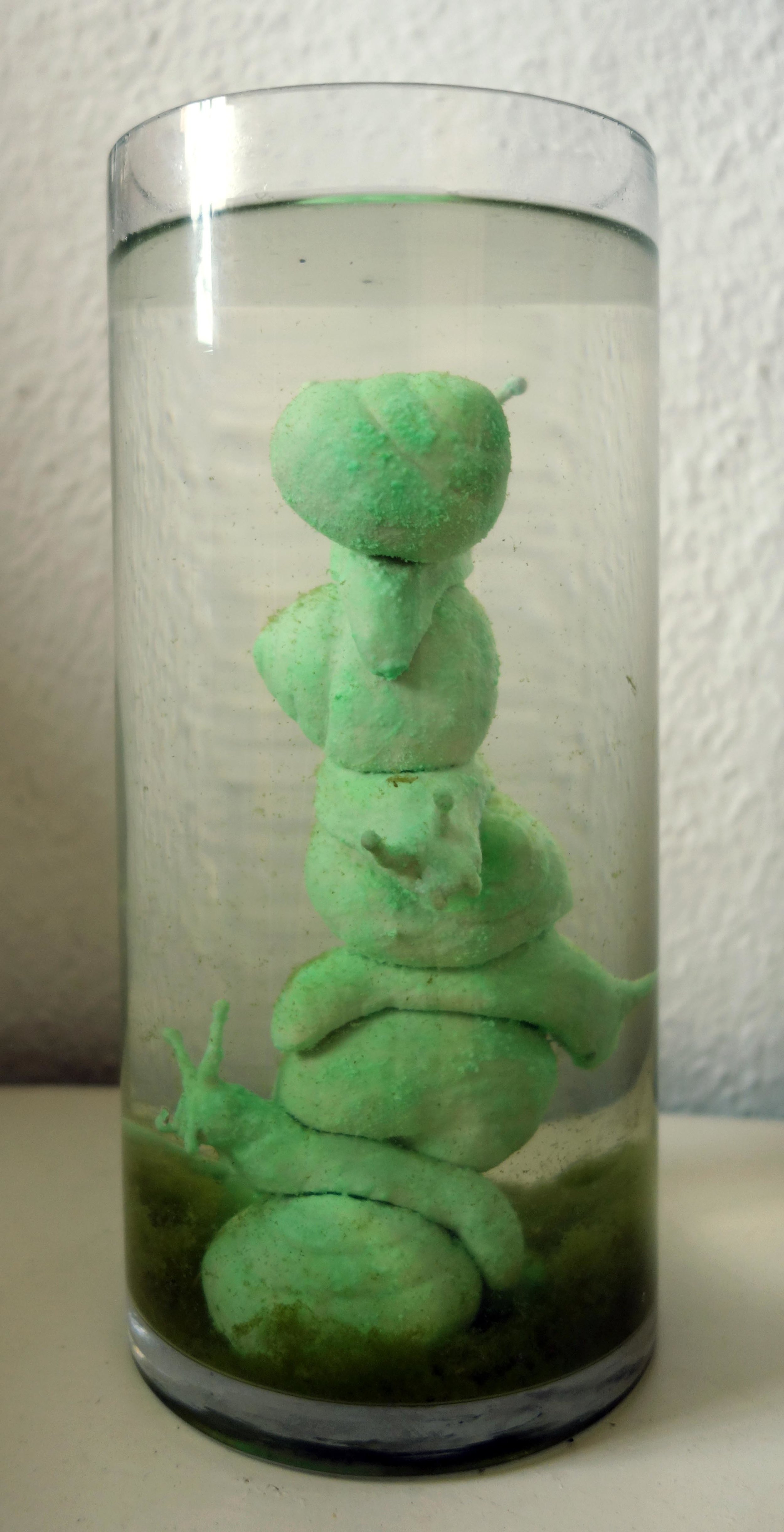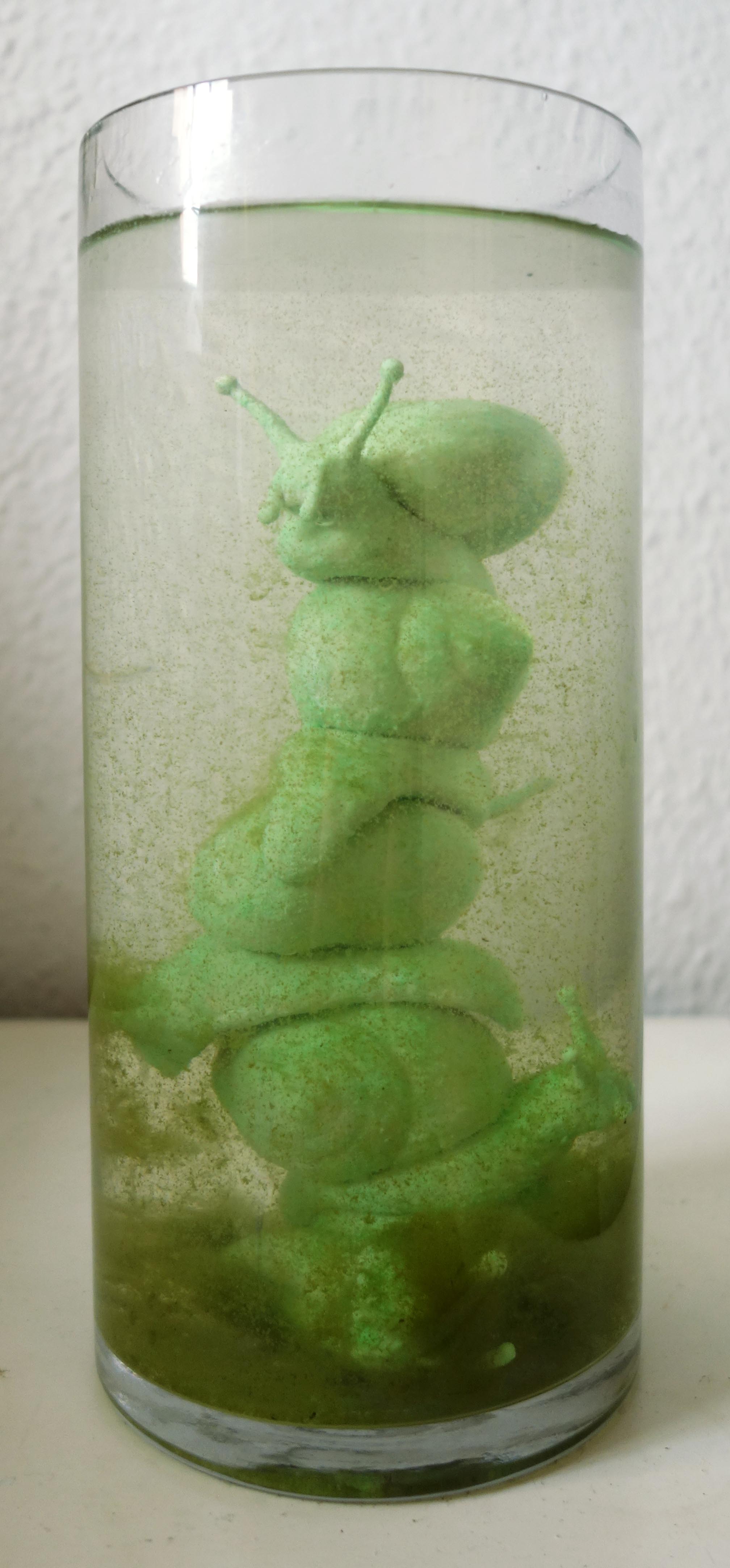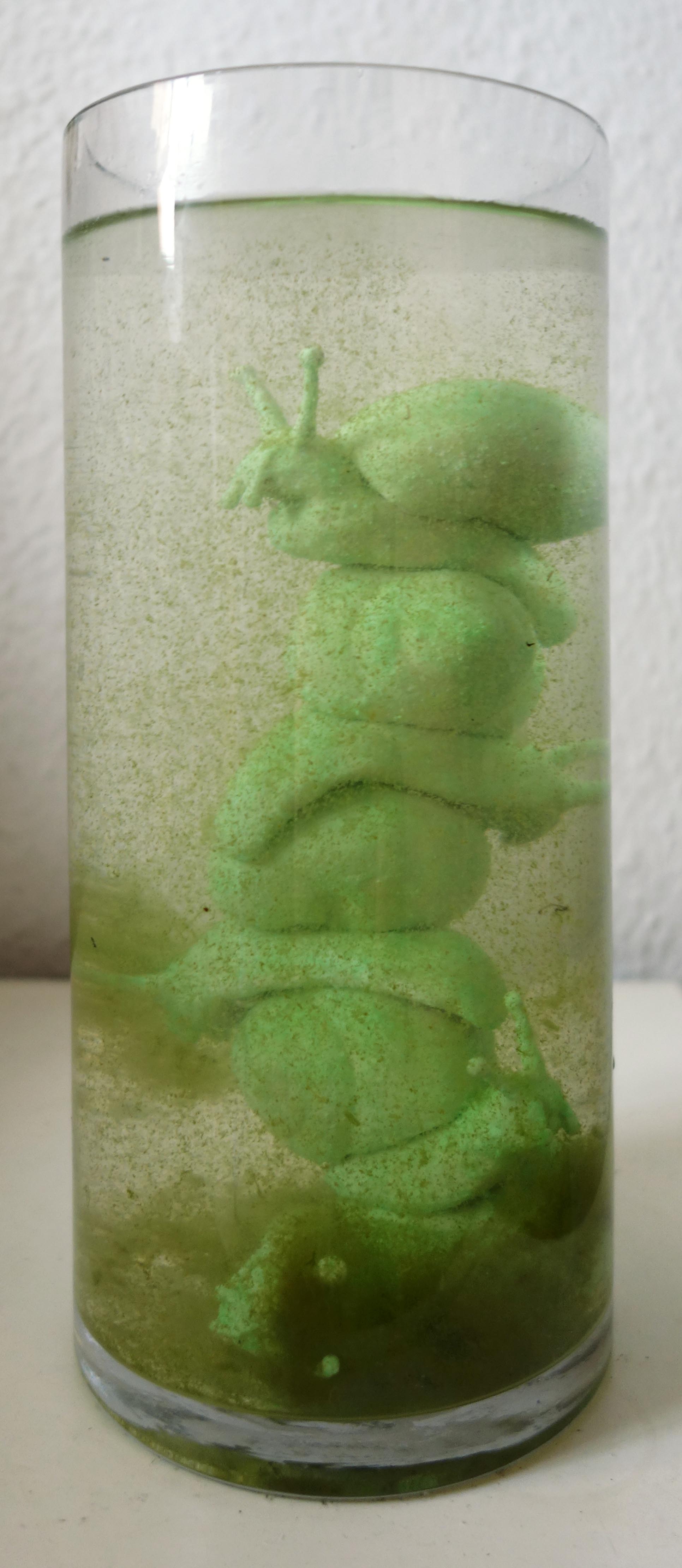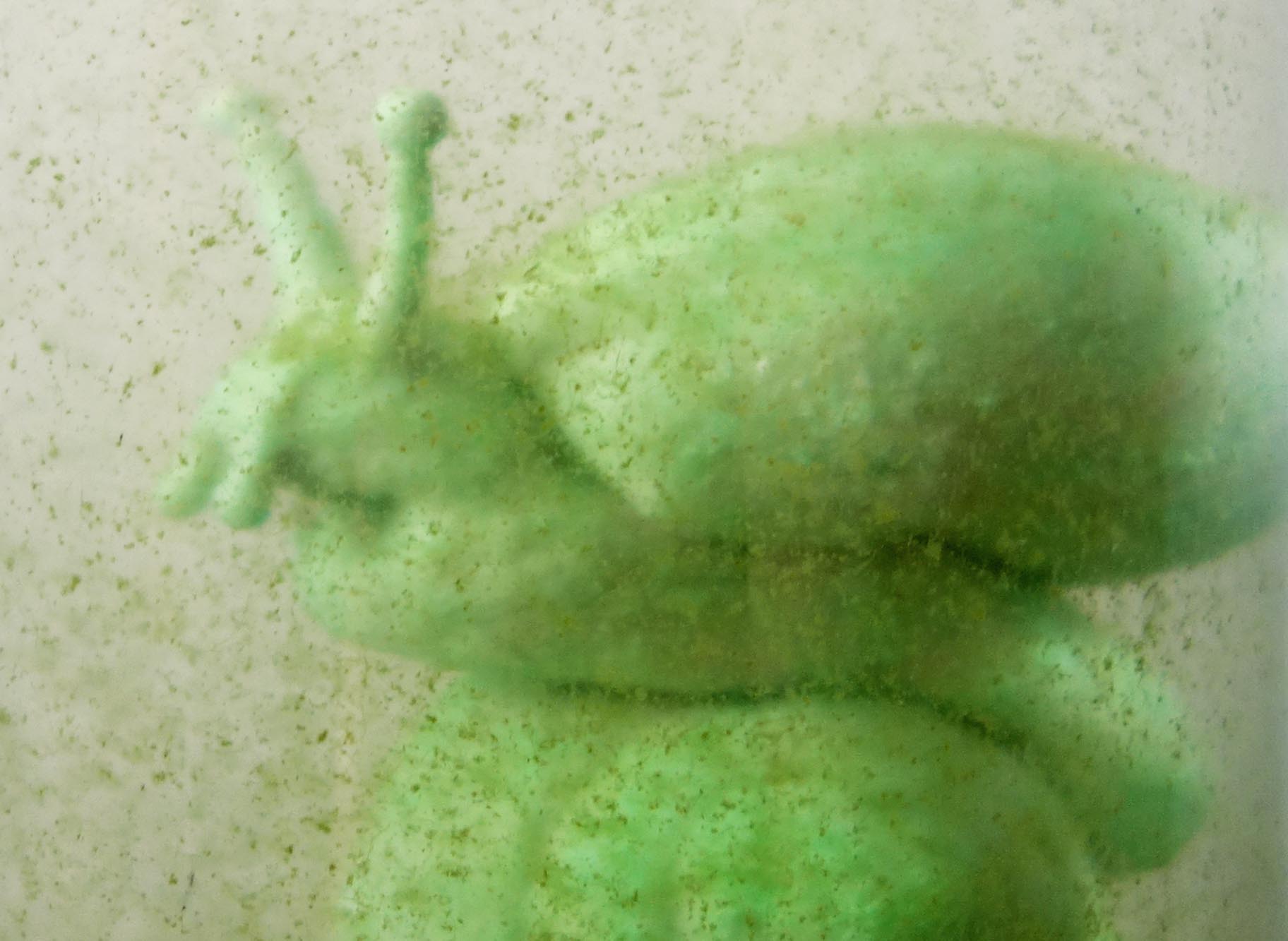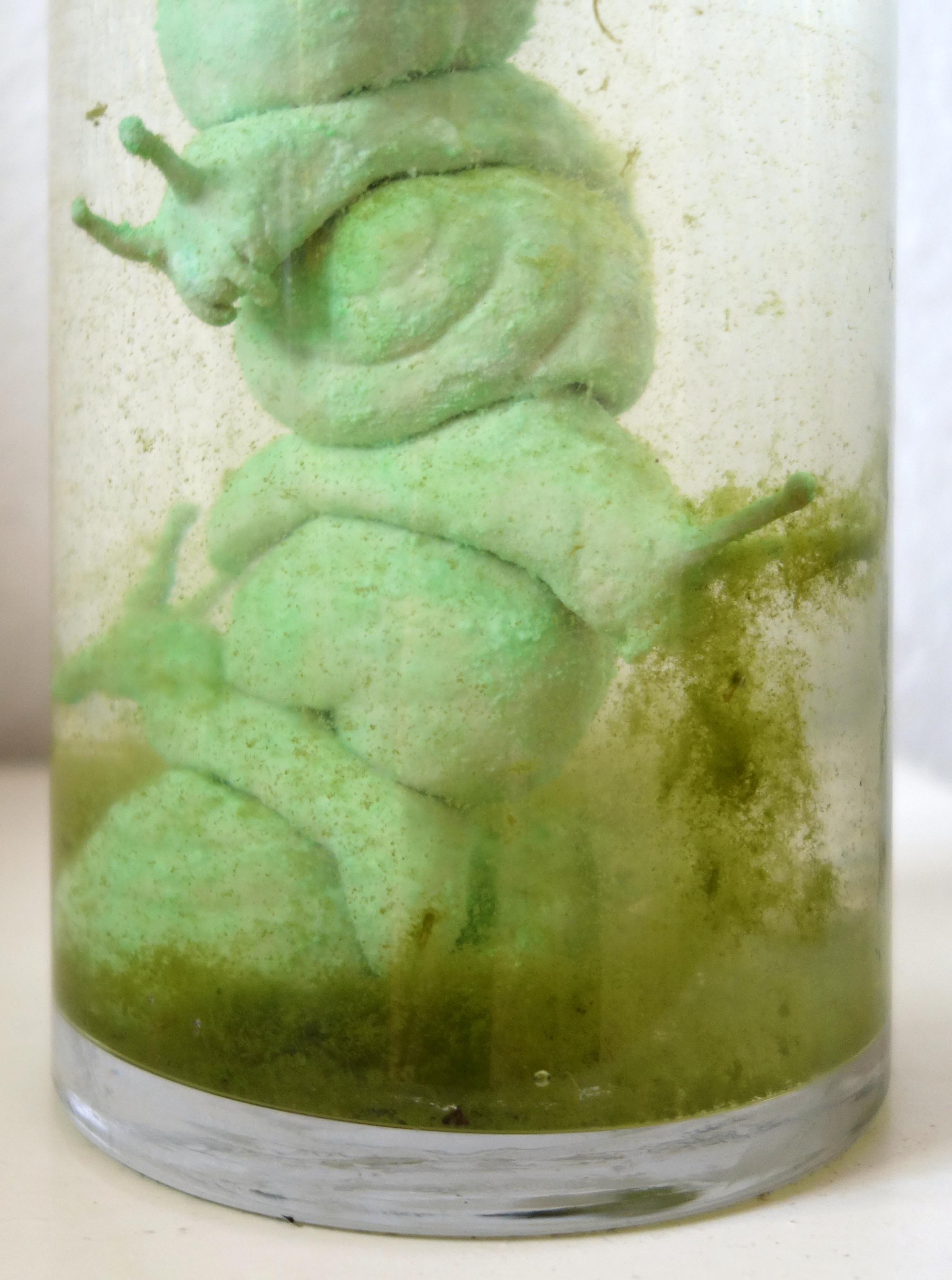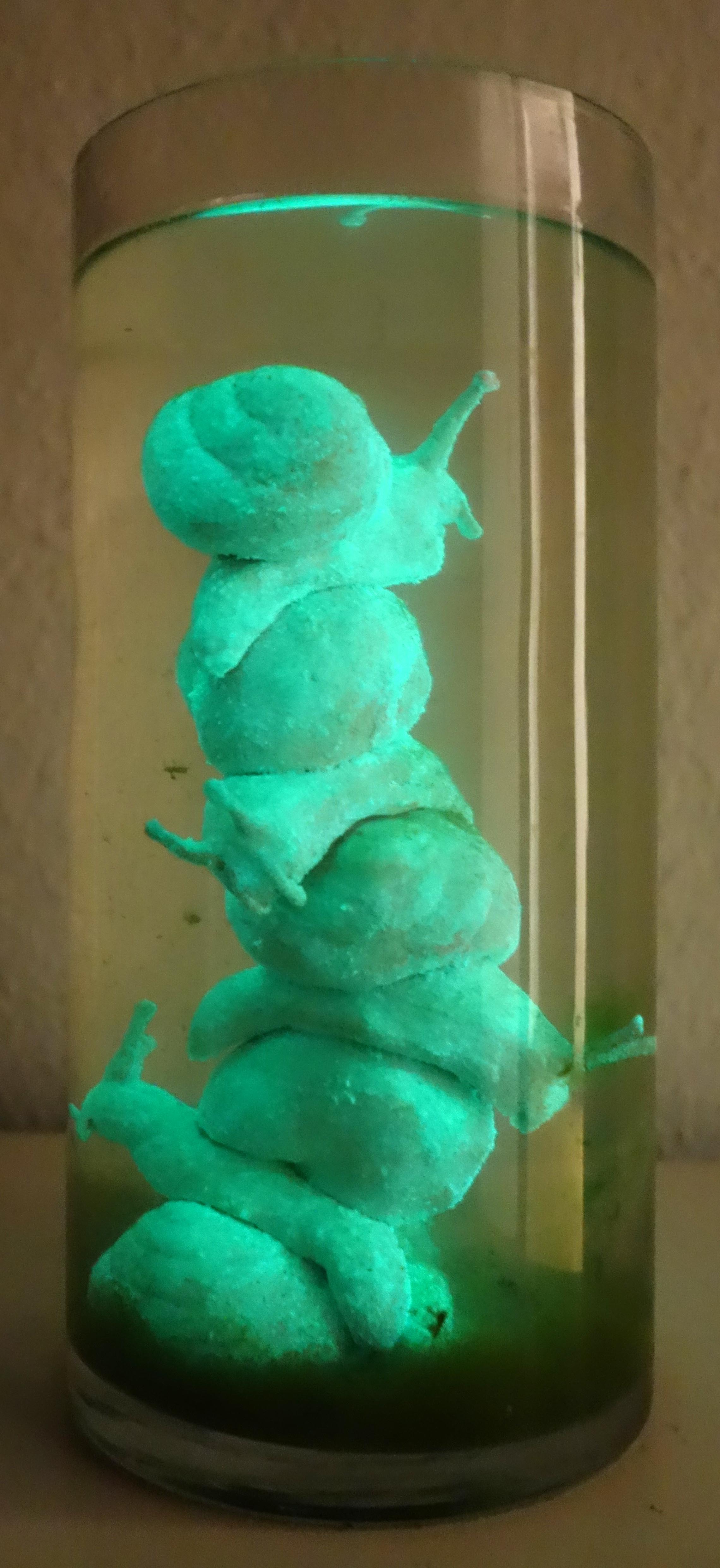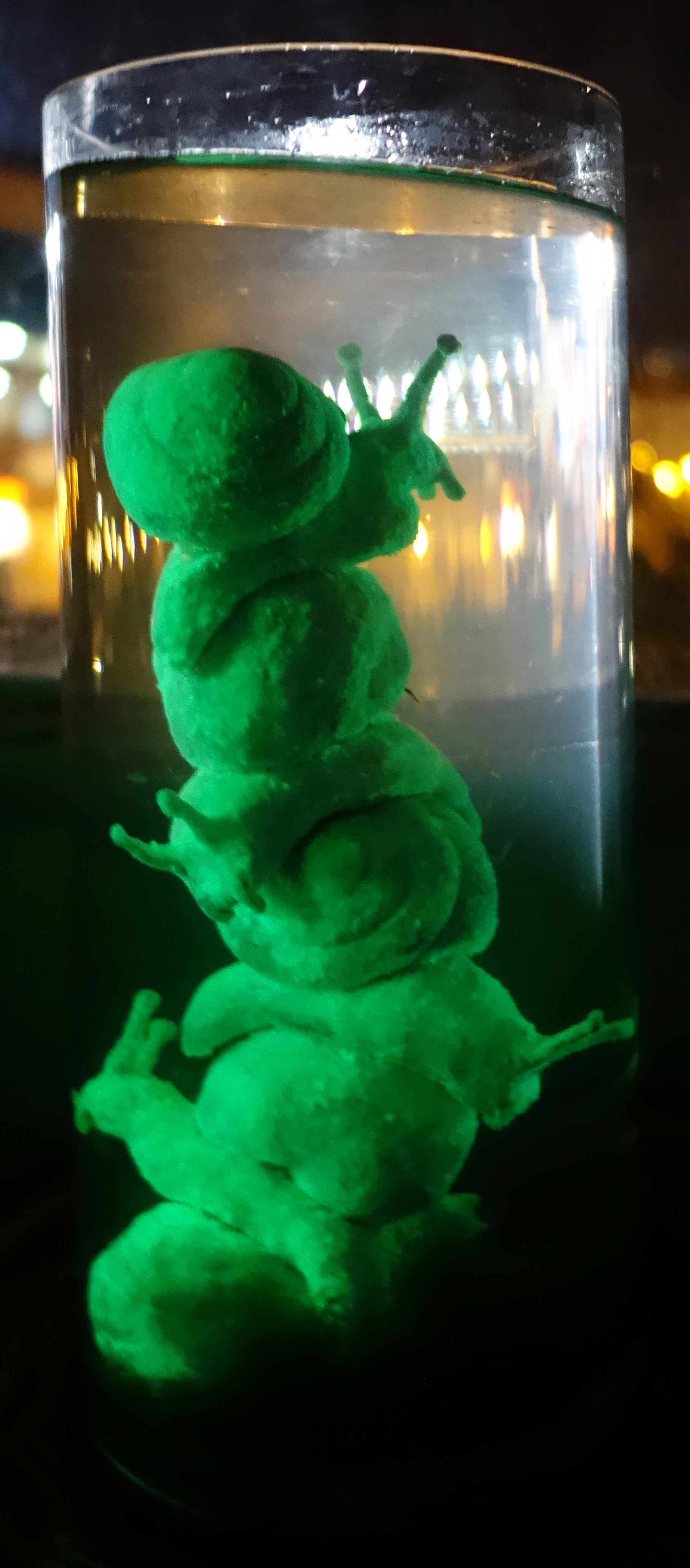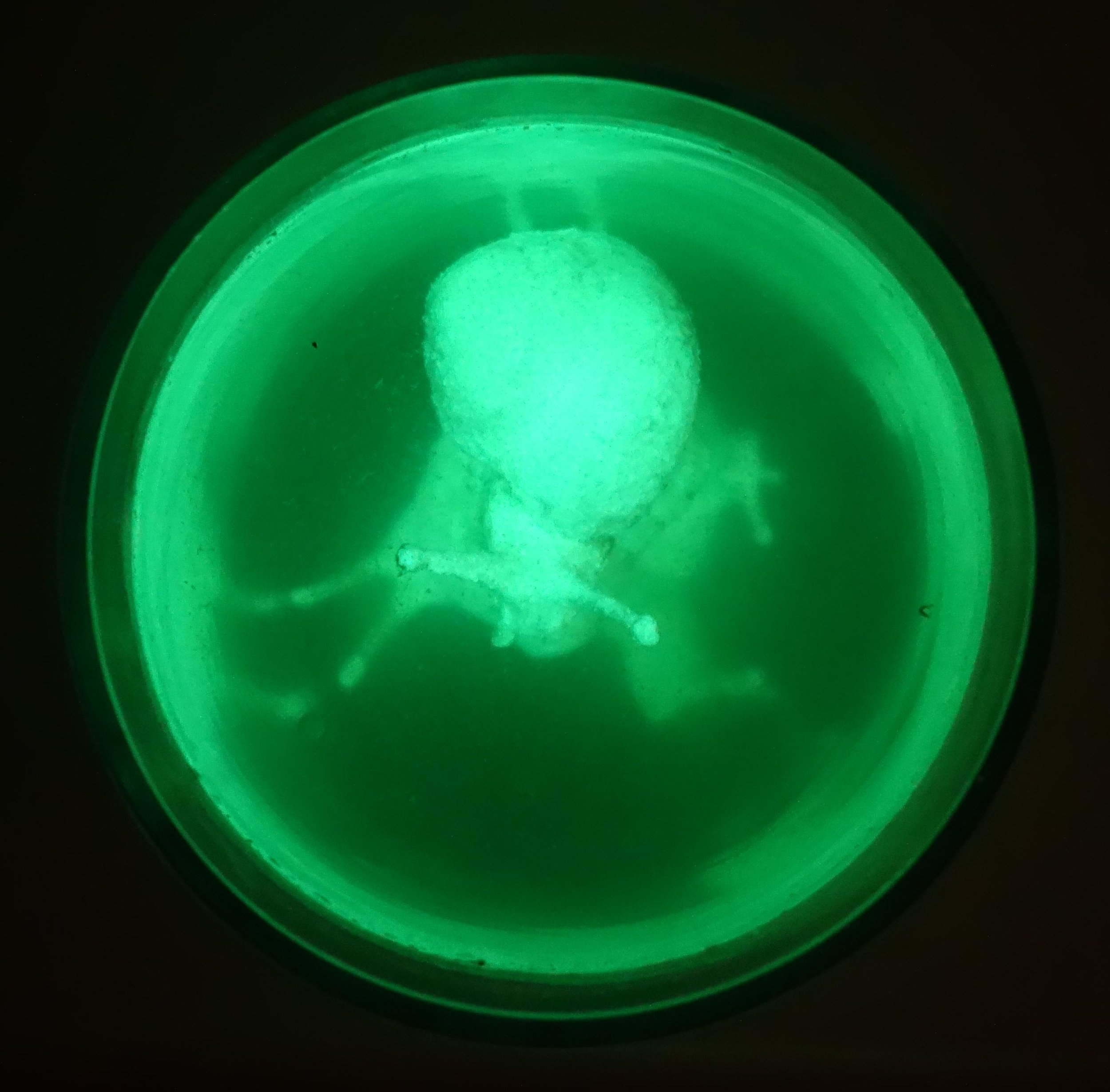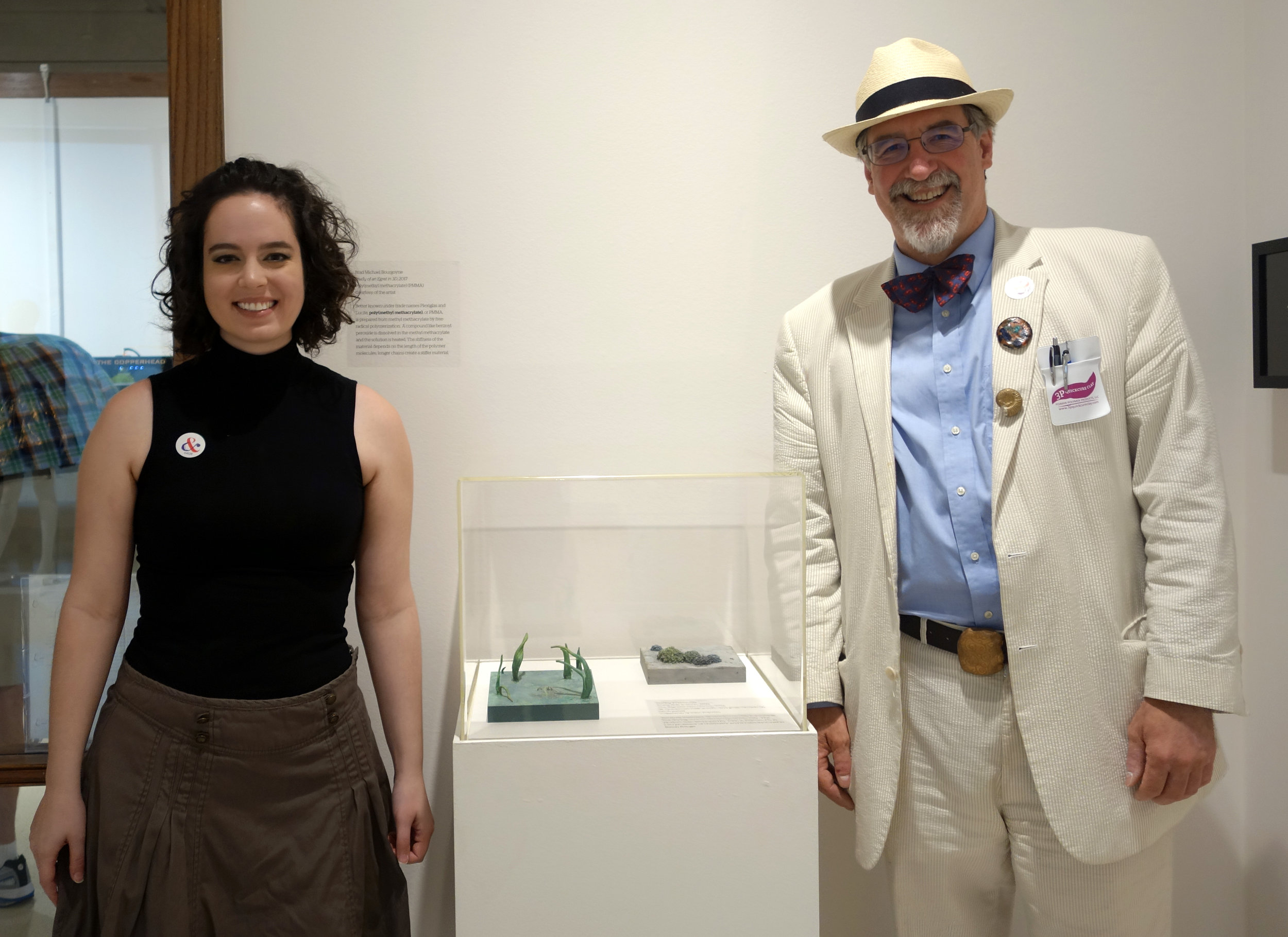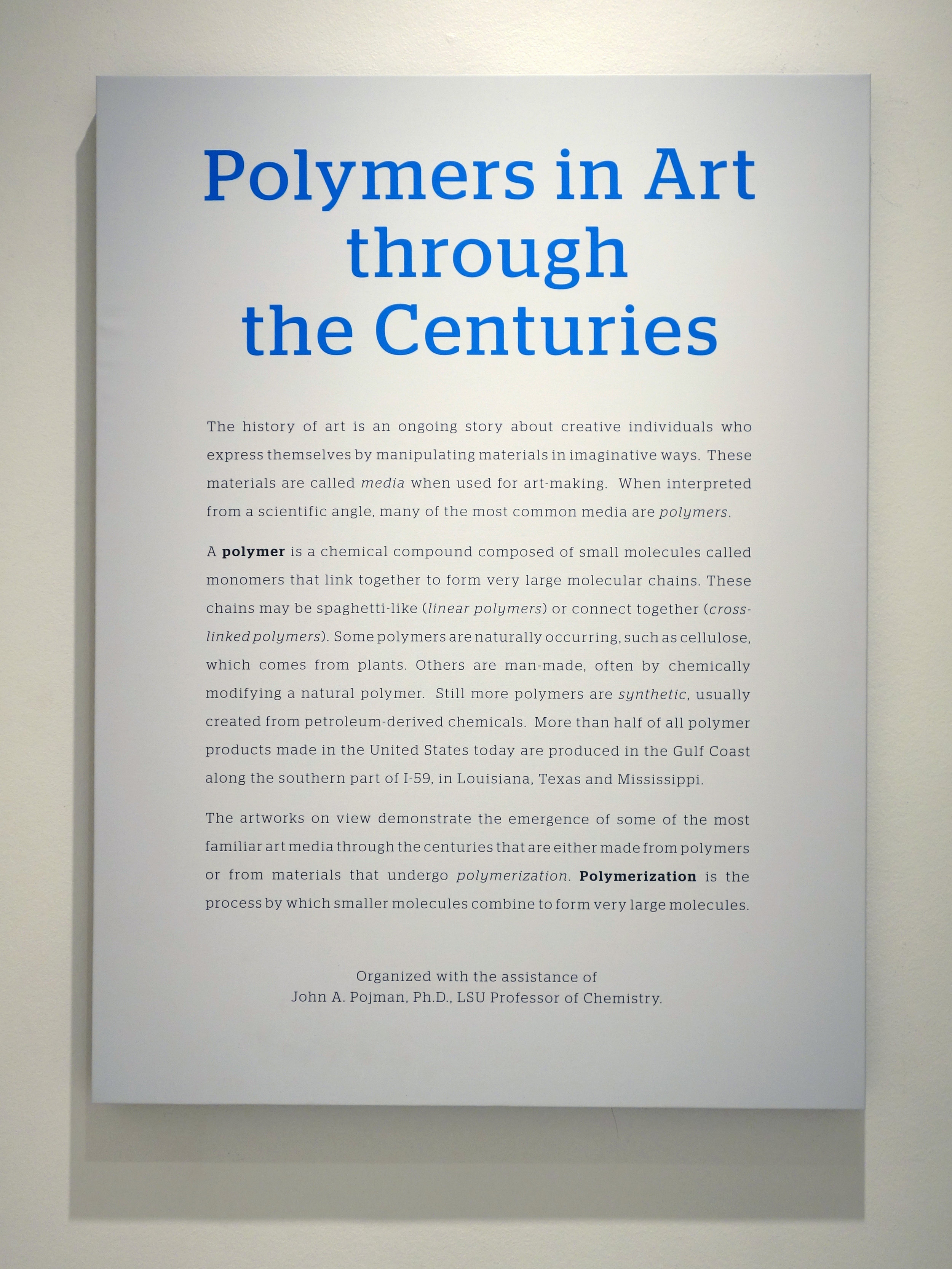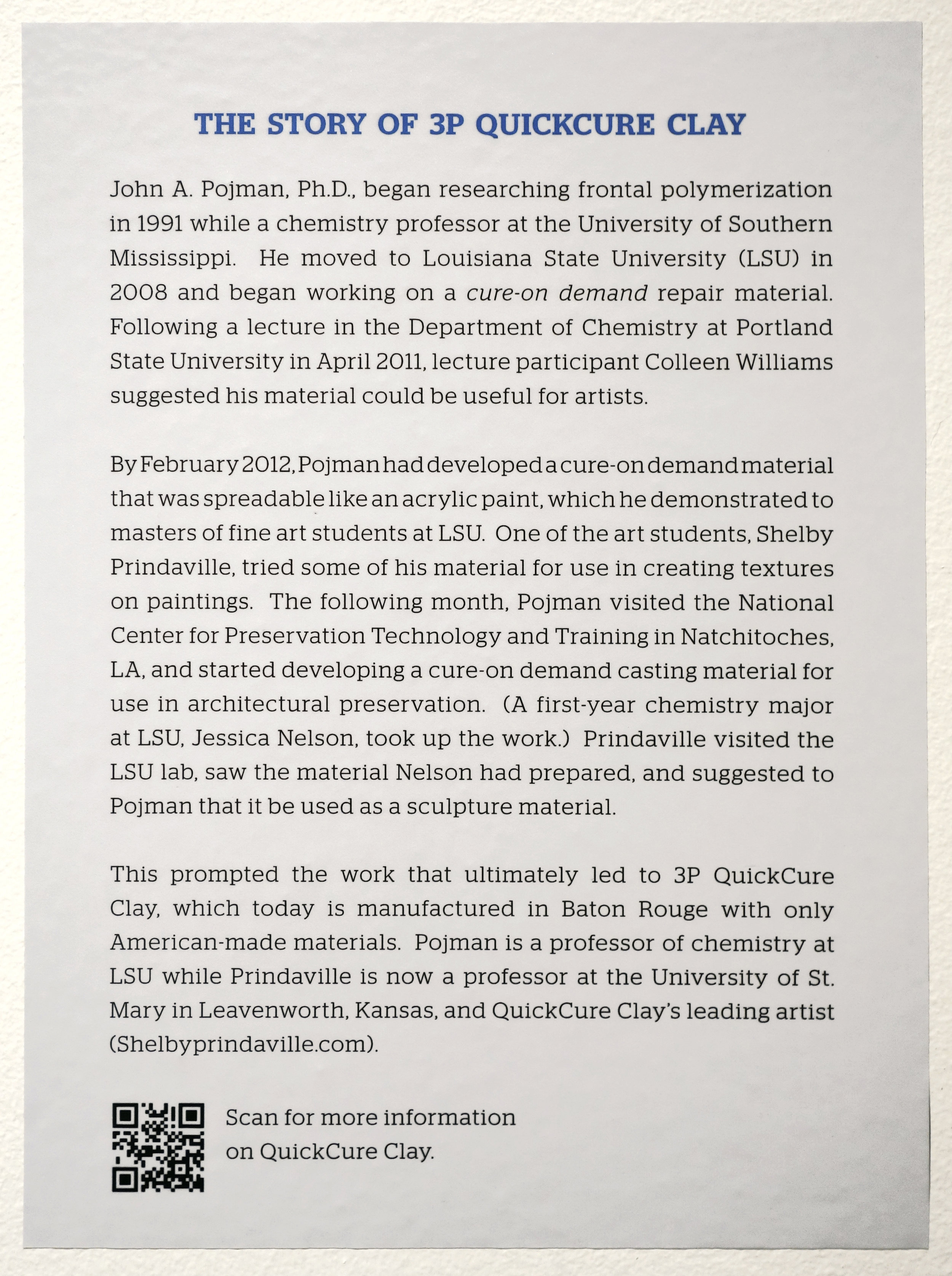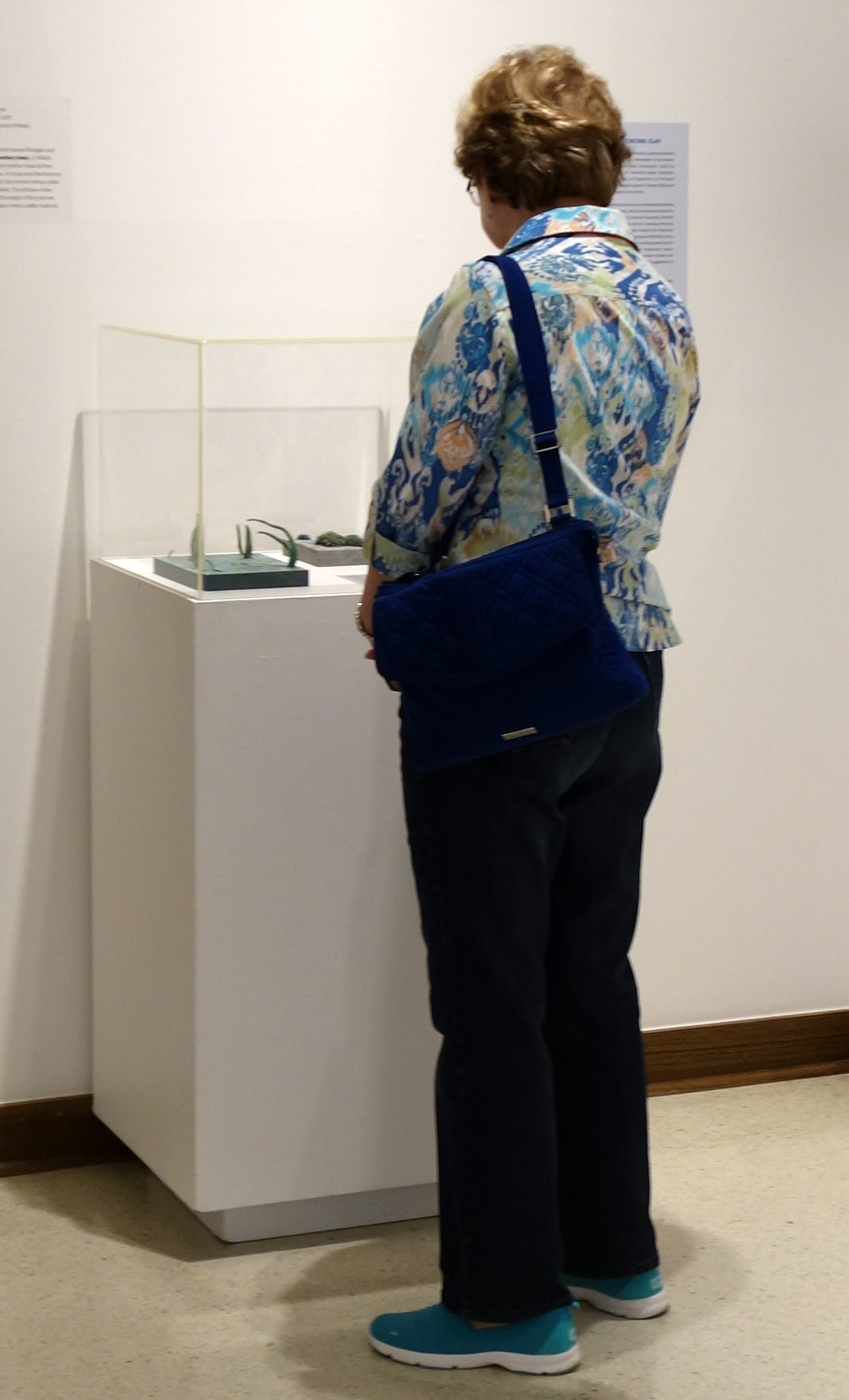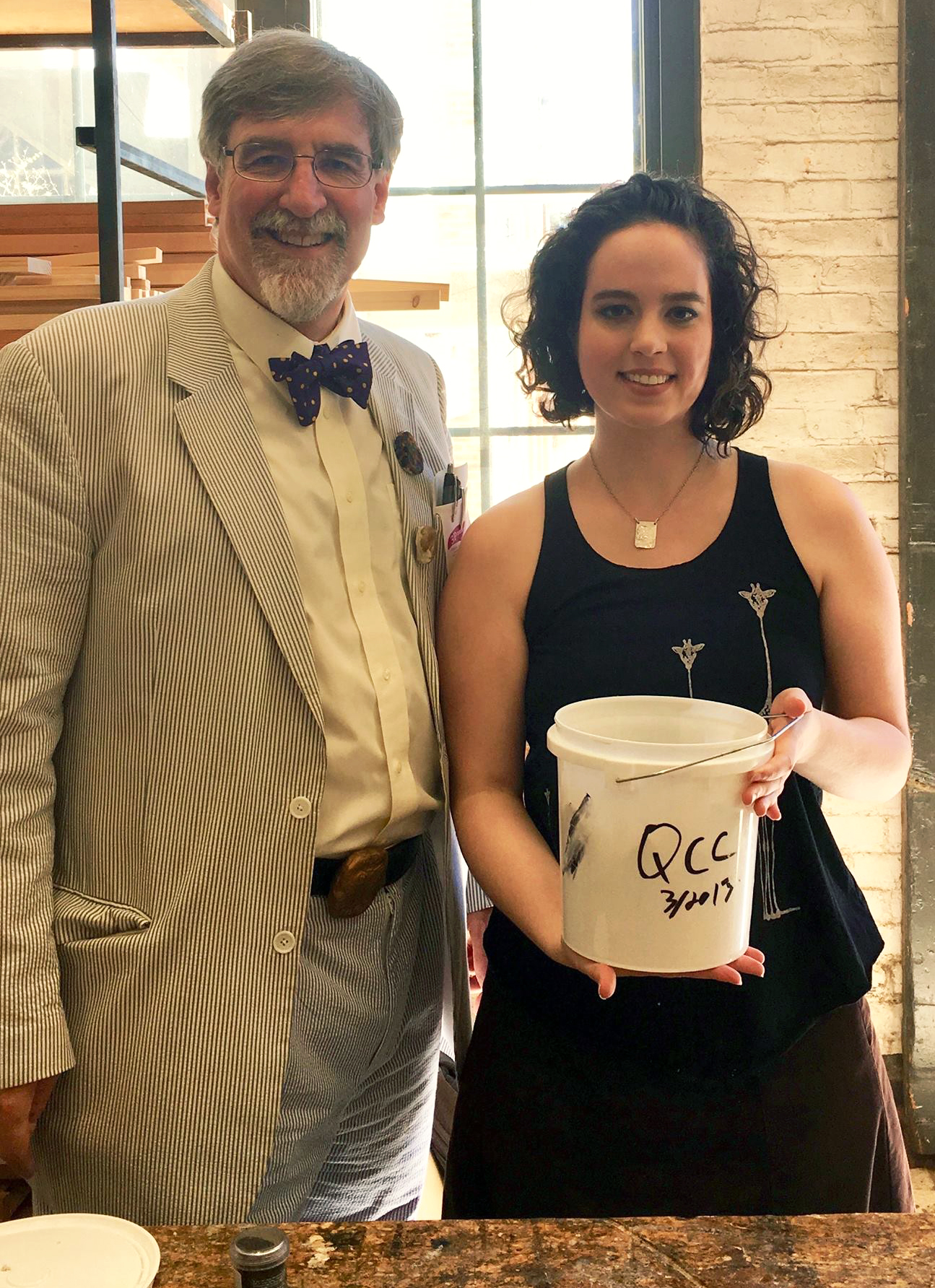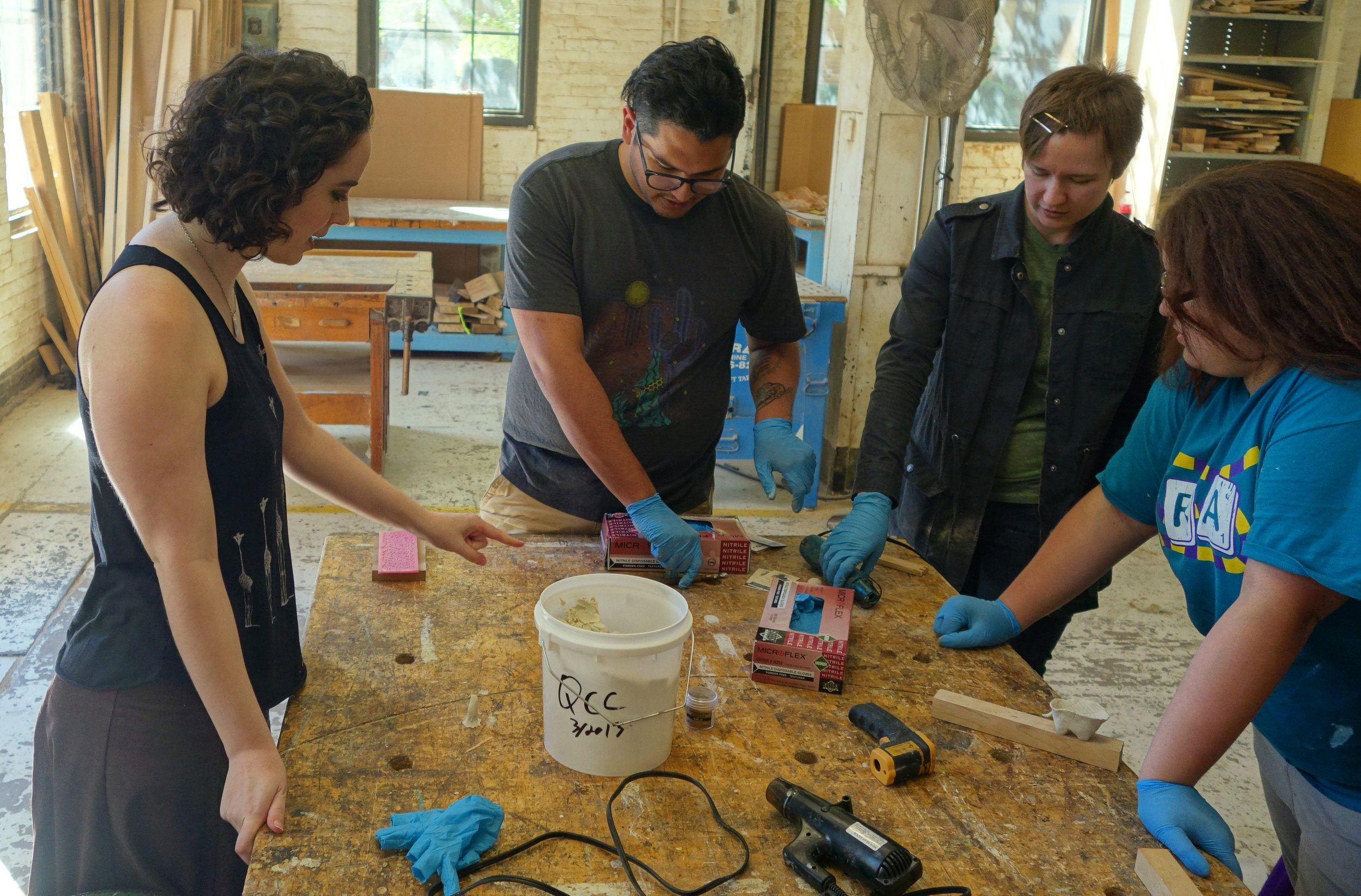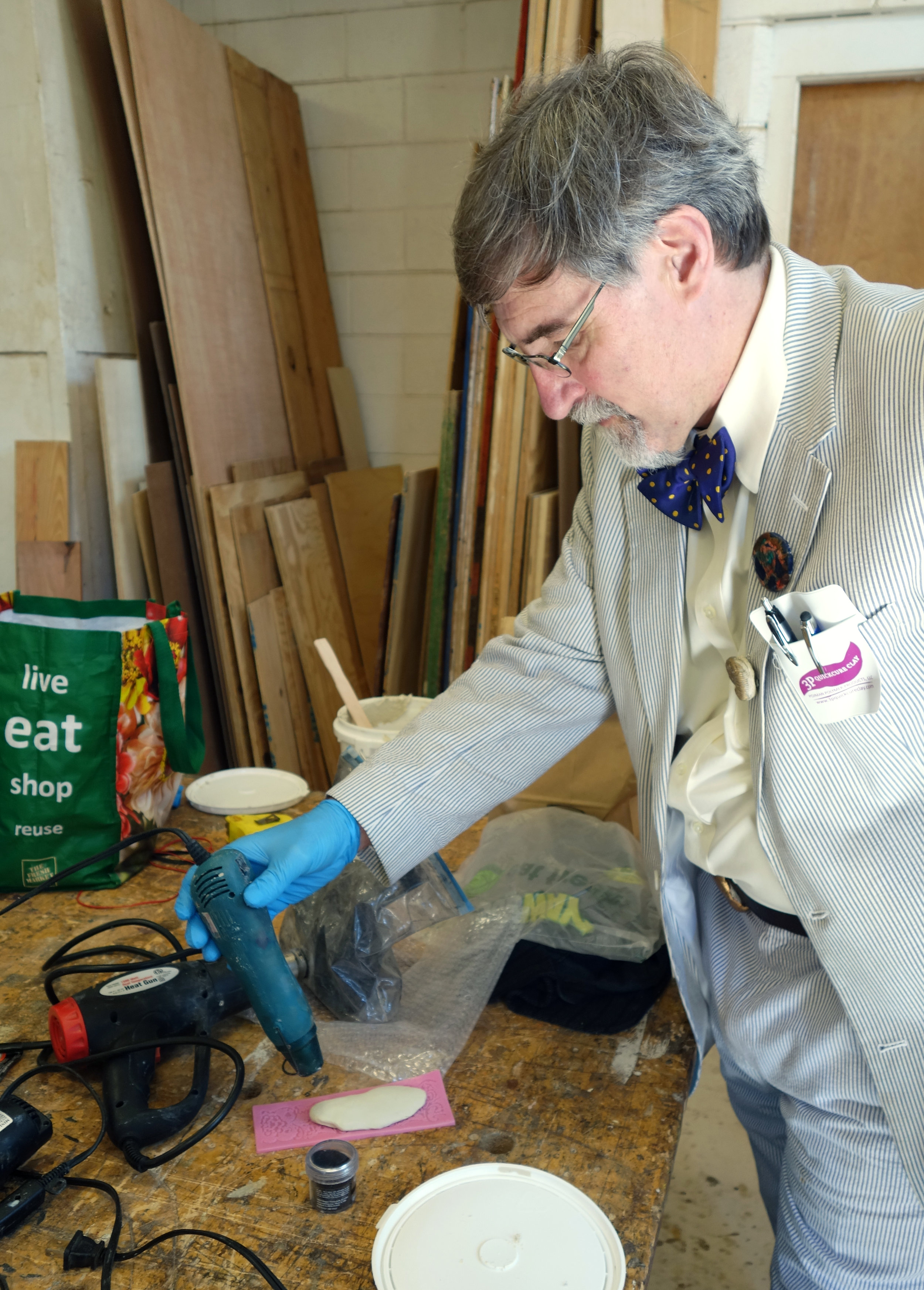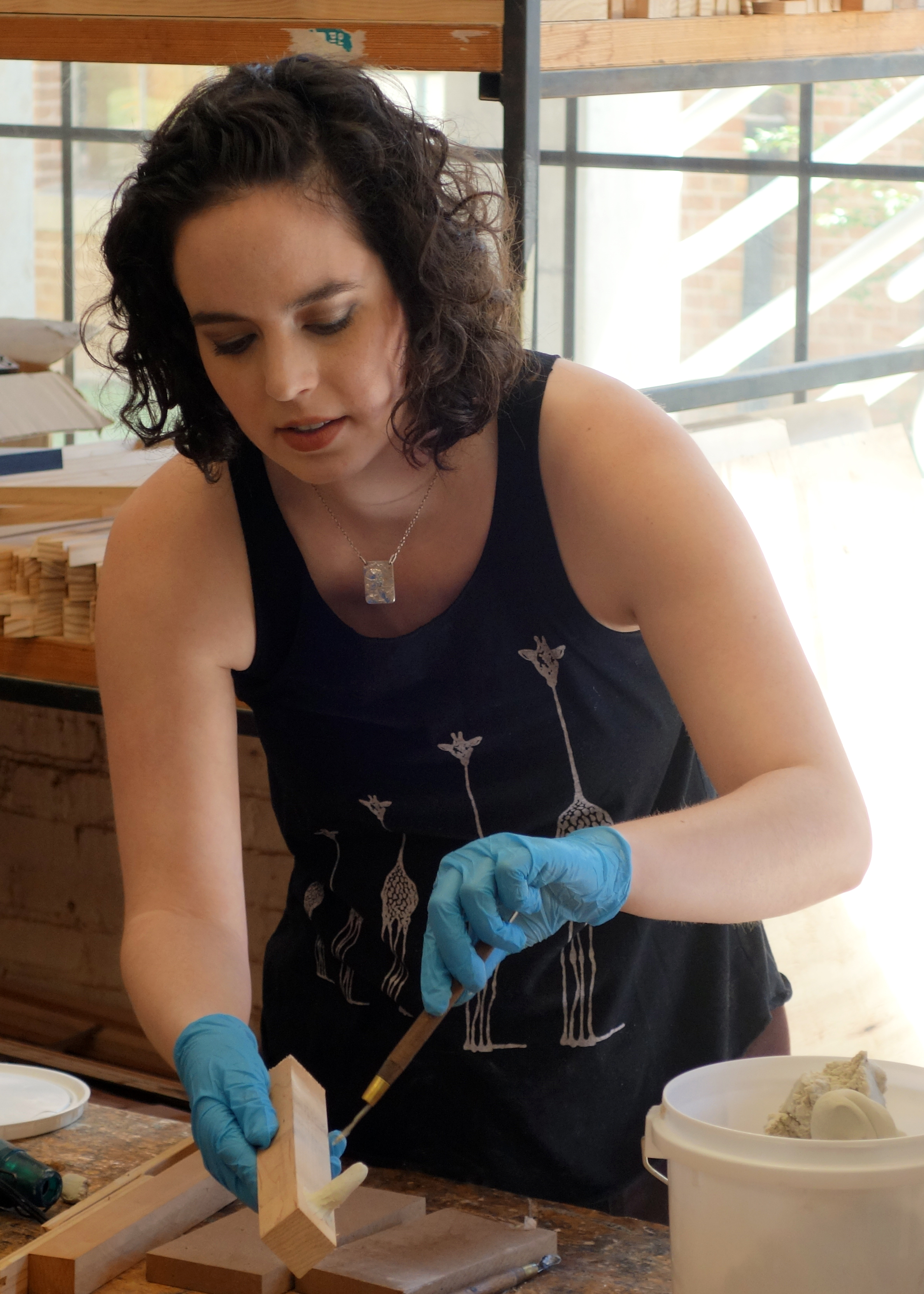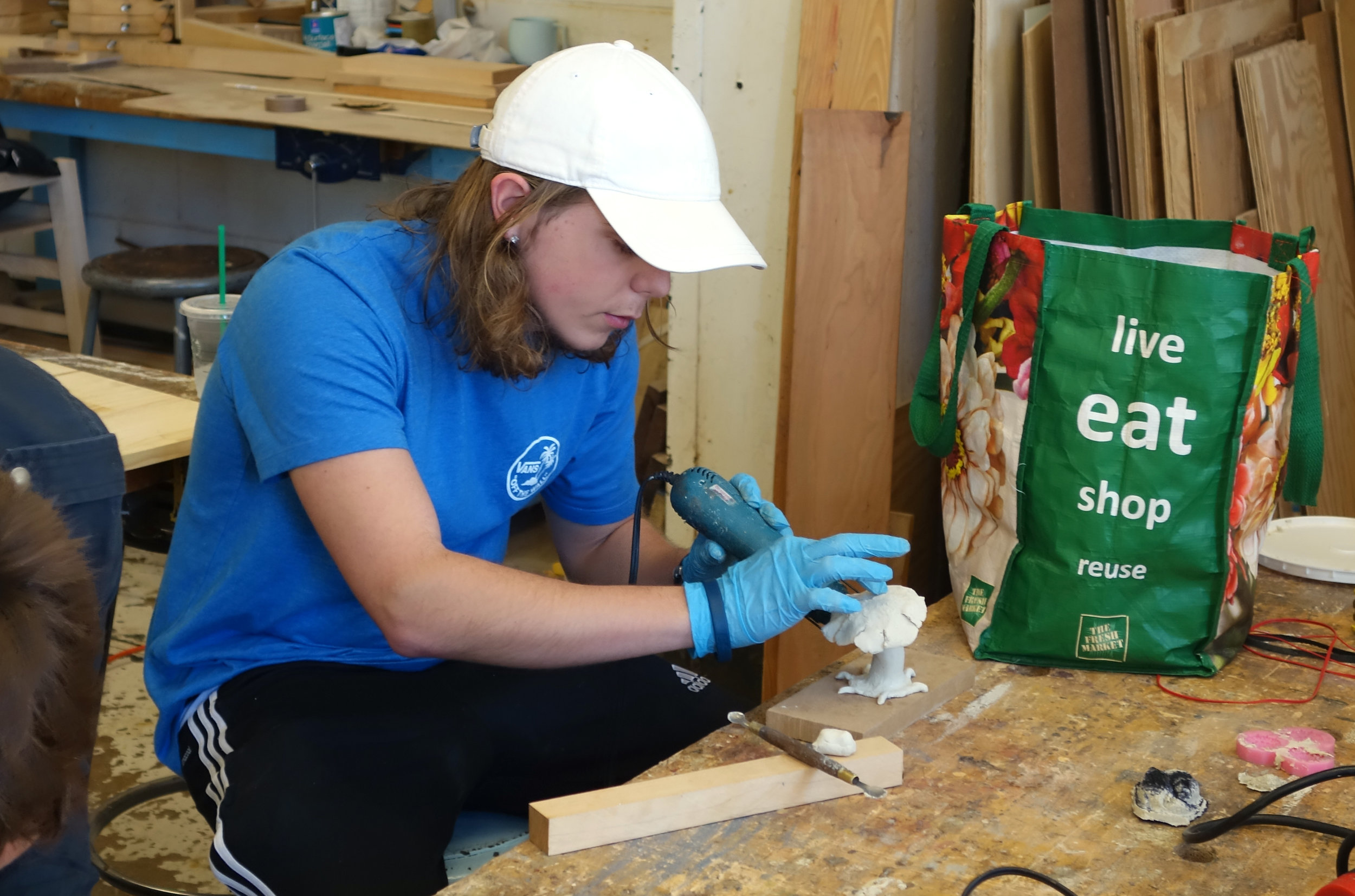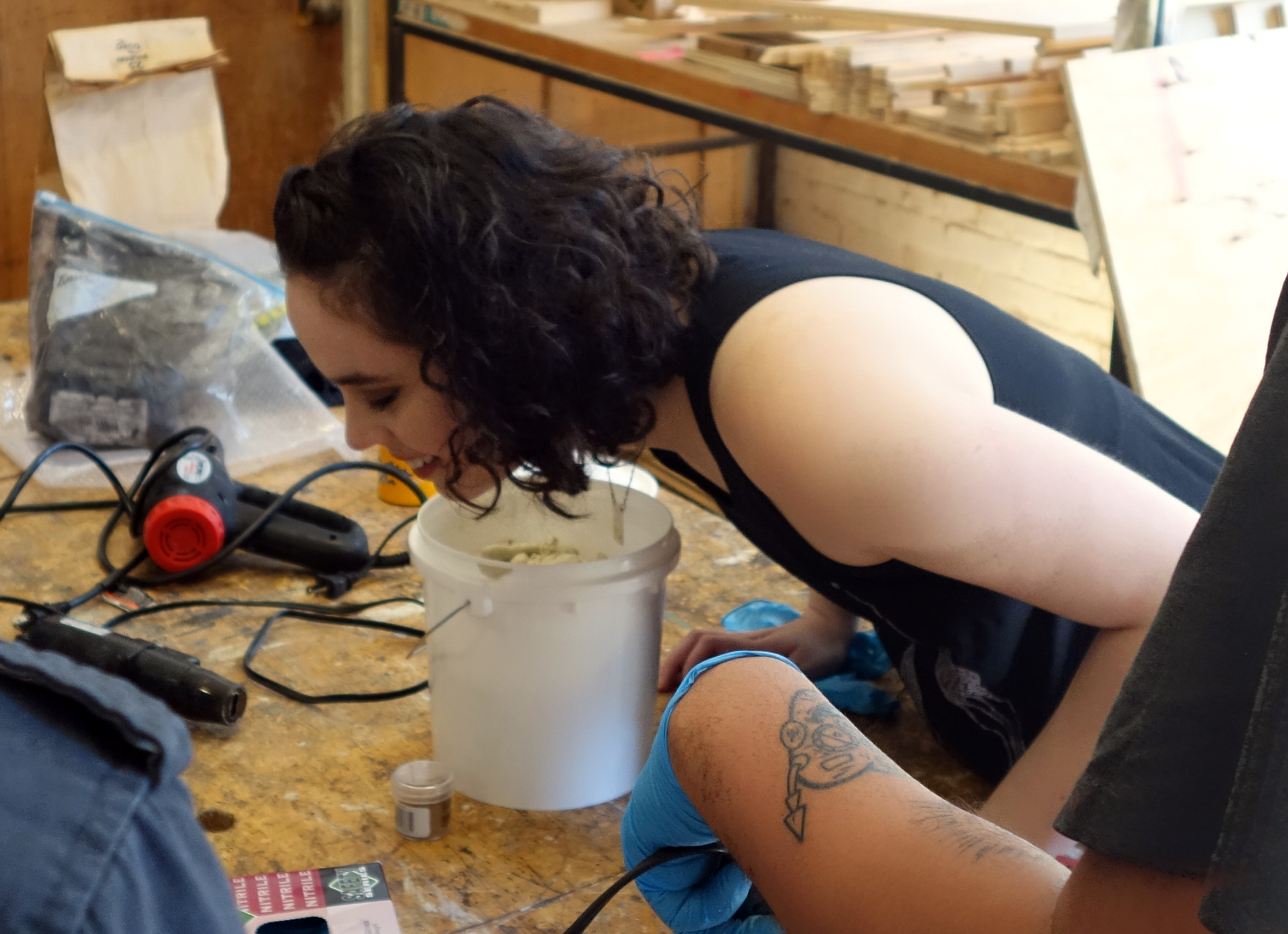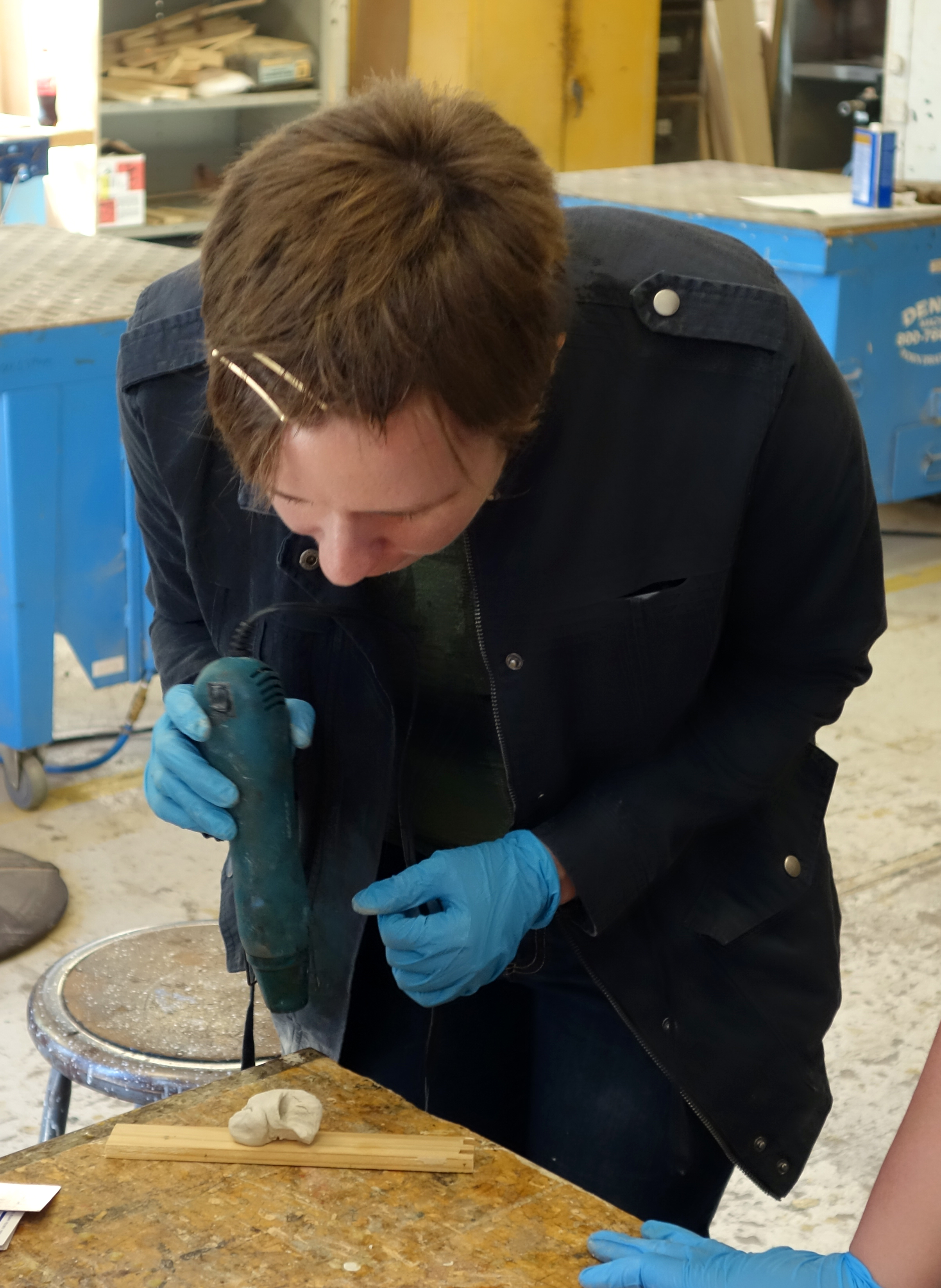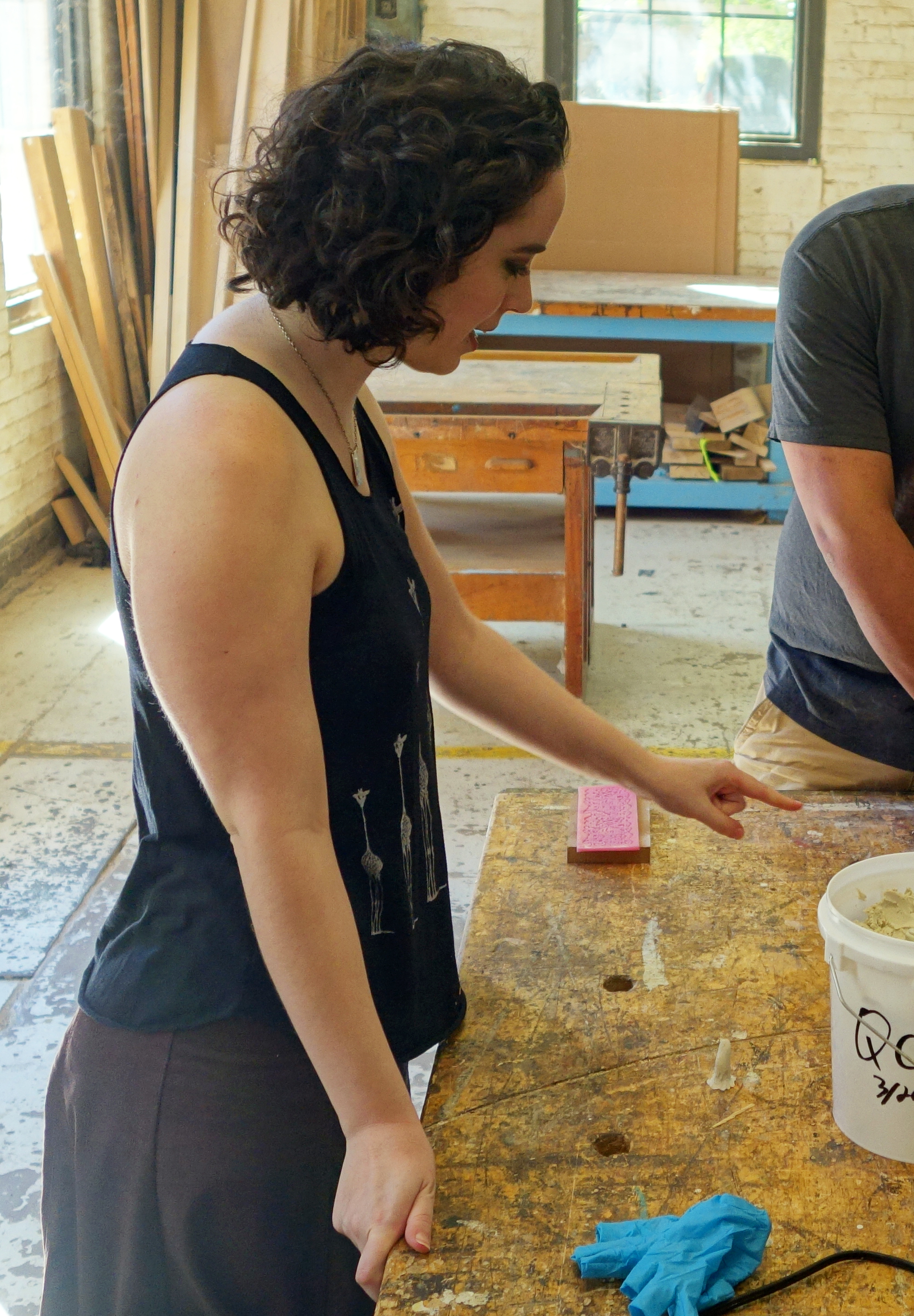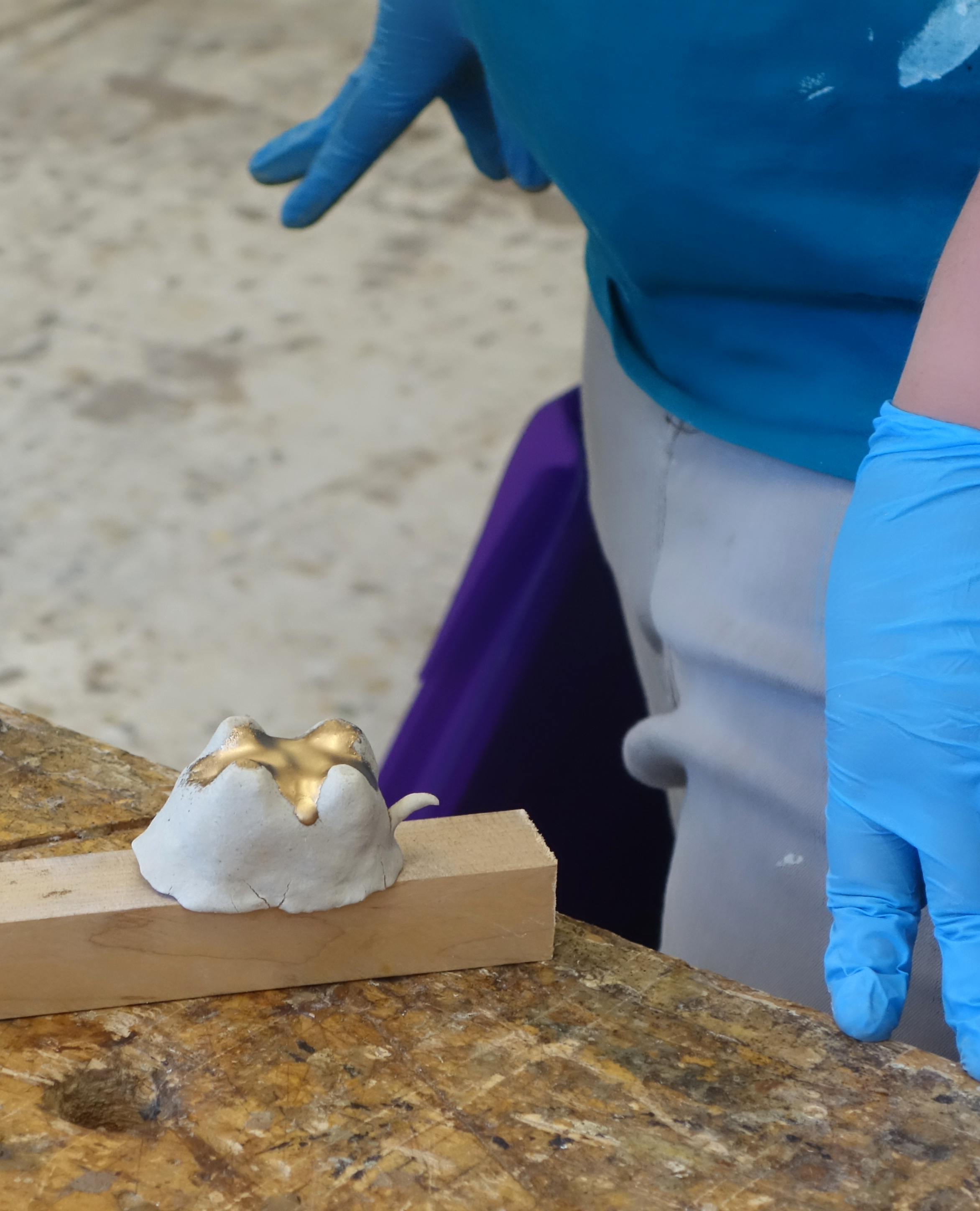I'm so pleased 3P Quick Cure Clay has been getting so much press lately! This latest article titled "An LSU professor has invented a curious clay with a range of applications, from art to industry" from the Greater Baton Rouge Business Report highlights my work with the product here:
About two years before officially launching 3P QuickCure Clay, Pojman reached out to art students at LSU to get some insight on his products. Pojman started working with former LSU graduate student Shelby Prindaville to mold his mixture into something more useful to artists by perfecting the consistency. Then he began selling it online.
“He would send me test products, and I would tell him what needed to be tweaked,” Prindaville says. “At some point we reached the stage where I thought it was a really viable sculpting medium and I started making things with it. And he figured out how to make it cheaply enough that he launched the product out into the world.”
The final version of 3P QuickCure Clay allows artists to bypass much of the difficult and tricky parts of sculpting, eliminating the need for a kiln. Also, 3P Quick Cure Clay is strong enough to build sculptures without first creating wire and paper “skeletons” or armatures, Prindaville says.
Prindaville used the medium to create a series of small sculptures of lizards called Anoles. The whimsical figures depict the lizards in various positions, like one balancing straight up its thin tail, that are impossible to create using other types of clay without wire armatures.
Prindaville, now the art program director at the University of Saint Mary in Kansas, uses 3PQuickCure Clay in her classroom because students can cure their work with a heat gun before the class period ends. She says the college cancels classes for one week each spring and students work on projects outside the school’s curriculum.
“Last year, I invited John to come up; he shipped us a large amount of clay and sold us a large amount of the clay. The students did all sorts of stuff and they created a show at the end,” Prindaville says. Some of the student’s creations now mingle alongside the chemistry books and salamander tank in Pojman’s office at LSU.


